A recent op-ed in the Salt Lake Tribune raised concerns yet again about the impacts of oil and gas developments at Big Flat in Grand County, near the boundary of Dead Horse Point State Park. Jacques Hadler, the manager of Moab Cyclery, complained that a new bill introduced by Utah Congressman John Curtis “is putting Moab’s reputation at risk by fast tracking permits to drill right next to Dead Horse State Park and Canyonlands National Park.”
Regular Zephyr contributor Bill Keshlear responded to Hadler’s remarks in a subsequent Tribune letter to the editor.
Keshlear observed that, “Skiers, mountain bikers and hikers who come to Park City, one of Utah’s big tourist destinations, pay a hefty price to recreate despite a ‘viewscape’ tainted by abandoned silver mines. Has the viewscape of Moab and Spanish Valley from the north, the Uranium Mill Tailings Remedial Action Project, dampened tourism?”
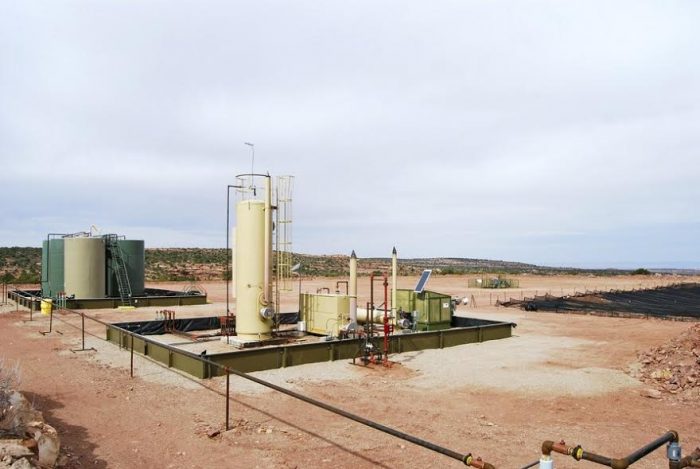
Photo by Brian Maffly of the Salt Lake Tribune. Source.
In fact, for more than twenty-five years environmentalists have opposed the development of oil and gas wells at Big Flat. Oil and gas wells have been a common sight there for decades. In 1991, Moab’s Jean Eradley wrote an excellent history of an even earlier oil boom for The Zephyr.
Four years ago, like now, efforts to expand the operation were met with protests and resistance. The Salt Lake Tribune reported:
“The Bureau of Land Management should stop the expansion of a rapidly growing oil and gas field near Moab until a broad environmental review can assess its impact on scenic Big Flat, an area vital to Grand County’s tourist economy, environmentalists argue.”
The fear among environmentalists, then and now, is that the presence of oil and gas infrastructure will deter and divert tourists away from the Moab area, whose economy depends on an ever-expanding and insatiable recreation economy.
But has oil and gas development affected the numbers of tourists to visit nearby Dead Horse Point? According to park statistics, visitation has actually grown dramatically. Here are the numbers…
2003……………161,774
2014……………333,488
2017……………560,783 Whether oil and gas expansion adversely affects the environment or not, so far the threat of it has had no effect whatsoever on the number of tourists who drive by Big Flat on their way to Dead Horse Point.
Whether oil and gas expansion adversely affects the environment or not, so far the threat of it has had no effect whatsoever on the number of tourists who drive by Big Flat on their way to Dead Horse Point.
As tourism numbers reach almost incomprehensible levels, one has to wonder if a few more pumpjacks might help slow down the tourist transmogrification.
Jim Stiles is Founder and Co-Publisher of the Canyon Country Zephyr.
To comment, scroll to the bottom of the page.


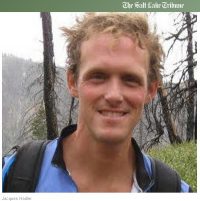



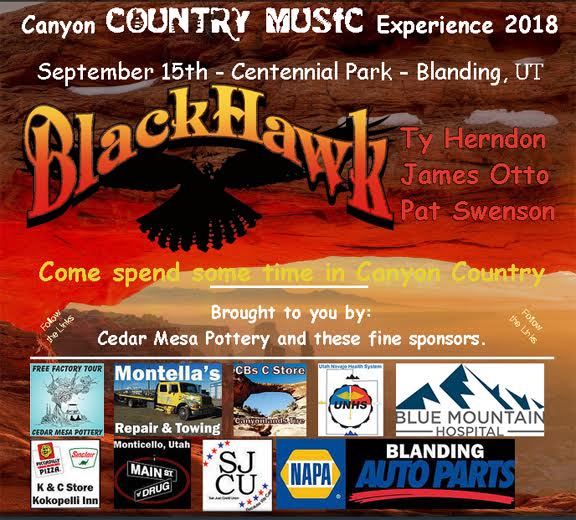

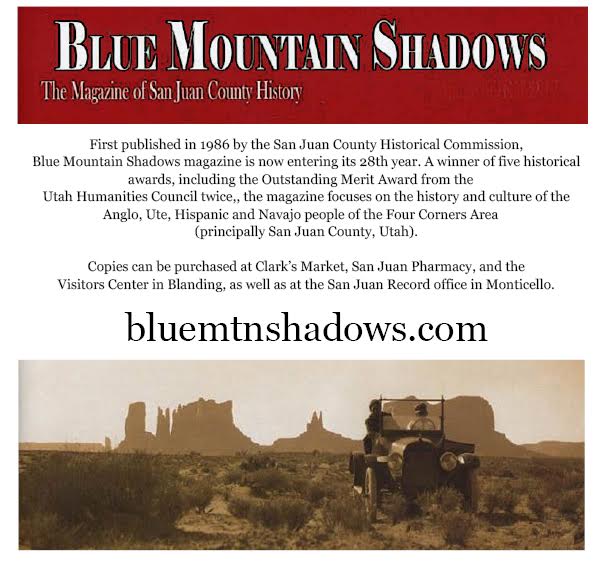
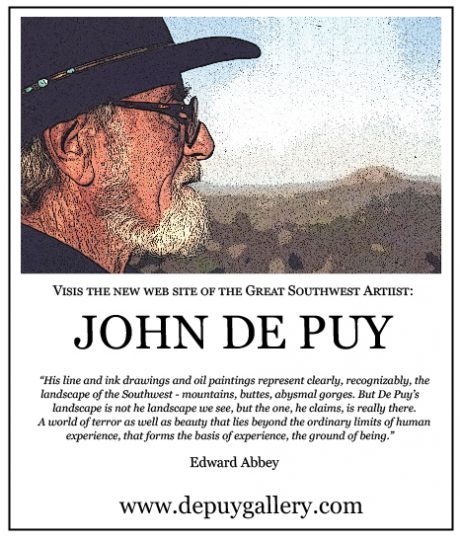


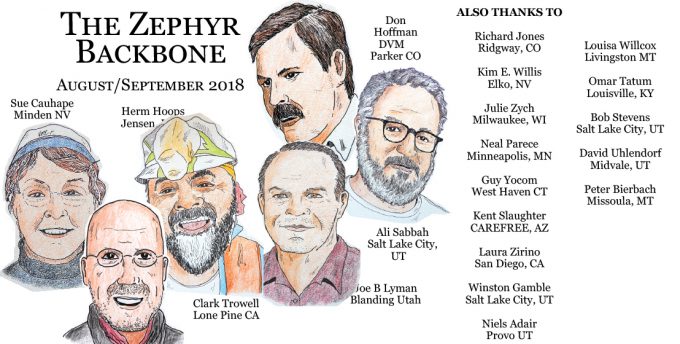
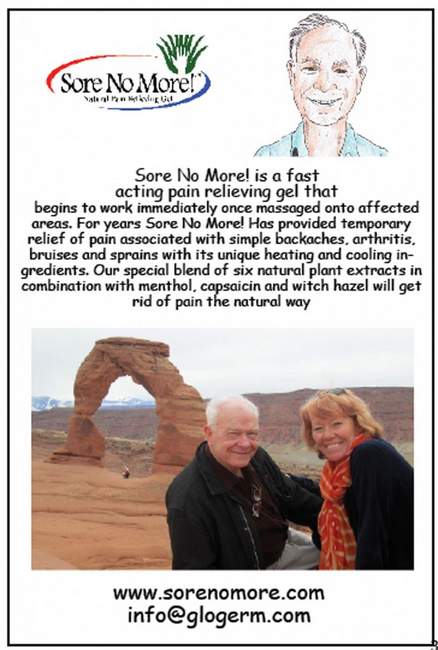
I find myself wishing for the gas/fracking rigs to roll into town for the first time ever in hopes that it will stop the flood of Boulderites coming in and driving up housing costs and trying to make the place all cutesy. Bring on the fracking!
Let’s be honest here. The burger flippers, bike techies, and motel workers are not going to get high paying jobs in Big Flat. They will get no jobs there, high or low paying. The few jobs that would be created would go to oil field workers from Texas, Oklahoma and New Mexico. Long term those few jobs will fade to very few jobs. So drop the “we are only concerned about the low wage earners in Moab” bull.
The growth of tourism has taken place despite old extractive industry abandonment. Why add to the problem of a trashed environment? Go with the light footprint. And the long term economic solution.
What this really comes down to is a bias against anyone outside the bubble. Who also just happen to co-own what is inside the bubble, too.
Having lived in Boulder (Colorado, not the Utah one) for 37 years, I always cringe when “we” are identified as the culprits having destroyed the old Moab. Maybe “we” have, but the finger pointing sometimes rankles. How about pointing the finger at those particular individuals who are enabling all of what you despise? This is what Stiles does. On another related topic, Dead Horse Point was the place where I first saw the canyon lands, sleeping on a picnic table in 1981, right at the point and being awakened by the most incredible sunrise ever. I haven’t been back to the point since… since there are quieter places to visit. This story reminds me of the apparently endless levels of irony that exist in the dichotomy between a recreation economy and the industrial. But one cannot exist without the other. If tourists had no choice but to take a train or ride by horseback, carriage or Conestoga wagon, to Moab for a vacation, the place would empty out really fast. What we really need are fewer people on planet earth and a scheme to make economies work without endless growth and demand.